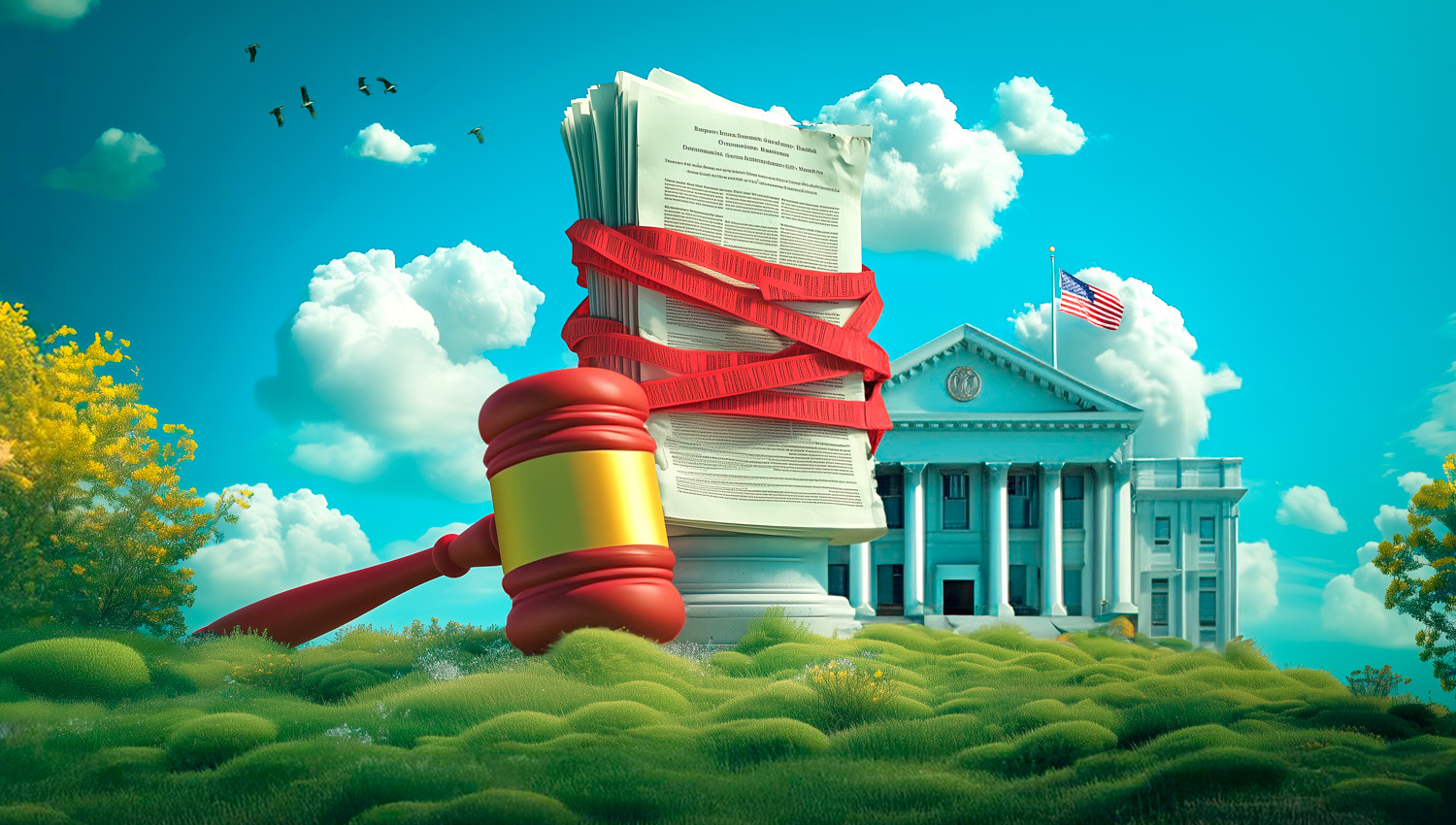As COVID vaccinations increase and mask mandates subside, businesses are beginning to draw sighs of relief, hoping that the worst is behind us and the future brings some sense of normalcy. But there is no doubt that the past 14 months have been fraught with anxiety, not only for the health of our population, but also for the health of our economy—especially small businesses. The toll brought on by the pandemic was too much for some small businesses to endure. Others were able to tough it out, thanks in no small part to the impressive number of PPP loans administered by community banks nationwide. But with masks coming off and shops opening their doors again, challenges remain.
Fortunately, as with the PPP effort, challenges faced by small businesses can be overcome with some help from state and federal programs. One such program that’s flown a bit under the radar is the national Small Business Development Center, which provides small-business owners and aspiring entrepreneurs with no-cost professional business advisement and low-cost training on topics such as developing a business plan, accessing capital, finding new customers, compliance with regulations, exporting, cybersecurity, technology commercialization and more. And Texas community banks can help.
The Small Business Development Center (SBDC) was legislated via the Small Business Act of 1976 as a program of the U.S. Small Business Administration (SBA). Leveraged federal funding involves cooperative agreements with institutions of higher education. State governments play a vital role as key partners to leverage resources efficiently and effectively that complement the state’s economic development efforts.
The Texas SBDC Network is comprised of four lead offices strategically located at Texas Tech University, the University of Texas–San Antonio (UTSA), Dallas County Community College District and University of Houston. Combined, they manage more than 50 field and specialty centers across urban and rural Texas. SBDCs provide hands-on guidance, which leads to greater prosperity via job creation, increased capital access and additional small-business growth.
When COVID stay-at-home orders were first issued in March 2020, Texas SBDCs immediately pivoted their small-business advising and training services for virtual delivery. Additionally, CARES Act funding administered by the SBA allowed the SBDC to bring additional resources to its impressive footprint in the state.
The SBDC provides a lifeline of support to small-business owners recovering from the unprecedented disaster: COVID-19. SBDC business advisors are equipped to address business owners’ needs regarding reopening, supply chains, safety, training, cybersecurity, accessing the SBA’s Economic Injury Disaster Loan (EIDL) program, Paycheck Protection Program (PPP) loans, Shuttered Venue Operator’s Grant (SVOG), Restaurant Revitalization Fund (RRF) and more. To date, the Texas SBDCs have assisted approximately 54,000 entrepreneurs with COVID disaster-related business assistance by telephone and online platforms to communicate, resulting in more than $271 million in EIDL, PPP and other SBA loan products, as well as local grant and loan program funding.
Because of SBDC’s services, clients grew revenue three times faster and grew jobs nearly five times faster than the average Texas small business in 2020. SBDC small-business clients acquired a total of $454 million in new financing, created or saved 18,000 jobs and generated $62 million in new tax revenues to Texas and U.S. economies.
There are many immediate benefits gained by small businesses contacting their local SBDC to start a professional relationship. Confidential, no-cost business advising services are complemented by training, which varies from free to cost-recovery on a wide variety of timely topics. While the SBDC has proven proficiency in SBA lending programs, help is also there to acquire commercial loans. The SBDCs are staffed with professionals who have strong relationships with local lending institutions.
“One of the first questions our SBA lenders ask a prospective customer is, ‘Have you visited with the Angelo State University SBDC?’,” says John Childers, branch president and a director at the Bank of San Angelo. “Its loan packages are thorough, complete and bank-ready to review. Plus, there is no charge for its services.”
Additionally, the SBDC:
- Works with start-ups and helps existing/middle-market businesses with their challenges, identifying opportunities to grow and diversify their markets;
- Has access to no-cost customized demographic ring studies and drive-time research for its clients;
- Targets rural communities and under-served markets, such as women, veterans and minorities; and
- Hosts workshops that increase knowledge of financial statements as a decision-making tool.
There are more than 50 SBDC locations in Texas and each has made the necessary pivot to serve virtually through videoconferencing and seminar platforms. Today’s pandemic and post-Texas snowstorm environment mean that SBDCs are heavily engaged in supporting EIDL, PPP, SVOG, RRF and natural disaster application dynamics.
“The result is a highly beneficial relationship—and a comprehensive network of support for our community,” says Stacey Wood, Alpine market president at TransPecos Banks SSB.
If you don’t already have a relationship with your local SBDC, reach out today to explore how it can partner to better serve your small-business community. You can learn more about how to make and get referrals, partner with your local SBDC to reach local markets with targeted educational webinars and get to know the expertise of your local SBDC team.
Click here to learn more about the program and how it can help your communities.





